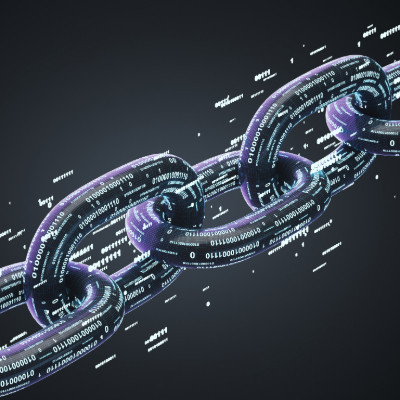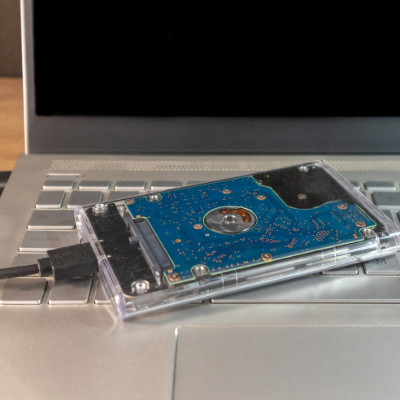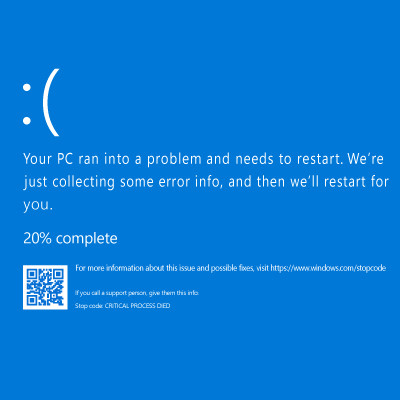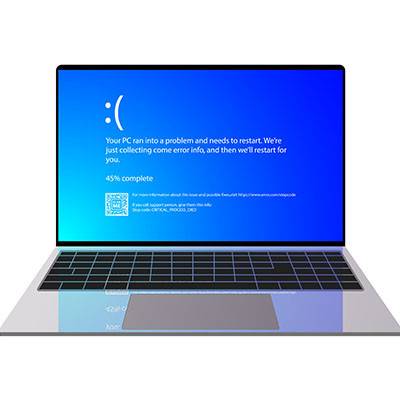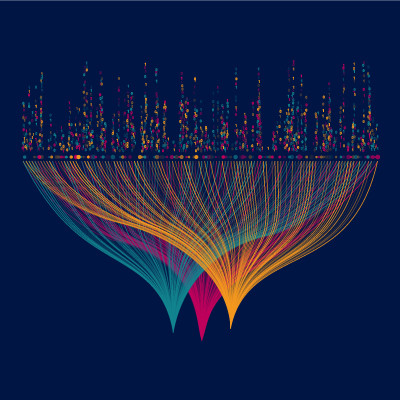You’ve probably heard a bit about blockchain. It’s a technology that is typically linked with cryptocurrencies, but its function is much more. It actually has the potential to transform everyday business operations significantly, if used properly.
Forget the complex technical stuff. At its core, blockchain is like a highly secure and transparent digital record-keeping system. Imagine a shared ledger where every transaction or piece of agreed-upon information is recorded as a block. Once a block is added to the chain, it's cryptographically sealed—meaning it cannot be altered or deleted. Everyone with authorized access sees the same information, creating a foundation of trust and clarity.

